HOW TO: TELL HOW MANY PISTONS ARE IN A BRAKE CALIPER

HOW TO TELL HOW MANY PISTONS MY BRAKE CALIPERS HAVE?
Quite frequently our Brake Finder will ask, “how many pistons do the front/rear calipers have?” Don’t worry! You probably don’t even have to take off your wheel to find the answer. Modern vehicles typically have open-wheel designs to make it easy to visually confirm how many pistons the calipers have.
Generally, on 1 and 2 piston sliding calipers, you can frequently see “arches” on the face of a caliper. If you count the arches, you can usually tell how many pistons are in the caliper. 4 and 6 piston calipers are a little more tricky but you can still usually see the outline of the 2 or 3 outboard pistons.
Below, we discuss what brake caliper pistons are, and detail the differences between a variety of different types.
STARTING WITH THE BASICS: WHAT IS A BRAKE CALIPER PISTON?
Brake calipers are essential components of an overall braking system, and the pistons are the key components of brake calipers. Pistons are responsible for enabling the brake pads to make contact with the brake rotor and bring a vehicle to a stop.
When the brake pedal is engaged, brake fluid is sent from the master cylinder into the brake caliper, and the pistons are pushed out behind the brake pads. This forces the pads to make contact with the rotors. When the brake pedal is disengaged by removing your foot from the pedal, the drop in brake fluid pressure causes the pistons—and therefore the brake pads—to retract.
HOW MANY PISTONS ARE IN A BRAKE CALIPER?
Brake calipers vary widely. Below we examine different types of brake calipers based on the number of pistons they utilize.
SINGLE PISTON CALIPERS
Single (1) Piston calipers are always sliding calipers that move slightly as the brake pads wear. Most have a bracket. However, on some applications, the bracket is built into the knuckle of the vehicle. Also, some rear single-piston calipers have a mechanism on the back for the parking brake.
.
DUAL PISTON CALIPERS
Dual (2) Piston Calipers are usually sliding calipers with brackets, but some 2 piston calipers are fixed position with opposing pistons – one on the inboard and one on the outboard side.
.
4 PISTON CALIPERS
4 Piston Calipers are almost always going to have 2 inboard and 2 outboard opposing pistons. 4 piston calipers are usually a fixed position design. This means you won’t see the bracket surrounding the caliper as in the 2-piston caliper above. Instead of seeing two ‘arches’, you will see 2 general outlines of the 2 outboard pistons
.
6 PISTON CALIPERS
6 Piston Calipers usually feature 3 inboard and 3 outboard opposing pistons. They are almost always fixed-position calipers without a bracket, similar to the 4 piston design. On 6 Piston Calipers, you will usually be able to see the outlines of the 3 pistons on the outboard side of the caliper
.
WHAT ARE SIGNS OF A BAD BRAKE CALIPER?
When brake calipers go bad, it is crucial to address the issue right away. When brake problems are allowed to persist for too long, not only is safety compromised, but small, relatively inexpensive fixes can become major problems that are more costly to correct.
If you notice any of the following warning signs of a bad brake caliper, have your brake system inspected as soon as possible.
LEAKING BRAKE FLUID
Hydraulic pressure is an essential component of the way brake calipers function, thus any weak spots in the system can leak brake fluid. If you notice a wet, oily spot on the ground near a tire, it could be an indication of a leaky caliper.
UNEVEN BRAKE PAD WEAR
Brake pads often wear unevenly when calipers go bad. If the brake pads on your vehicle have worn thinner on one side than the other, it could very likely be the result of a faulty caliper.
SQUEALING OR METALLIC RUBBING NOISE
When brake calipers stick or freeze up, you may hear noises emanating from the area of the damaged part. Although squealing noises caused by worn brake pads occur when the brake pedal is pressed, caliper-related squealing is most likely to be noticed when you are not using the brakes. If this problem is ignored for too long, the brakes could lock up completely and prevent the wheel from turning.
VEHICLE PULLS TO ONE SIDE
Within a brake caliper, one or more pistons move in and out in response to hydraulic pressure from the master cylinder when the brake pedal is pressed. If the piston(s) in one of the front wheel brake calipers freeze up due to corrosion, debris, or dirt, the brake pads may either fail to make contact with the brake rotor or fail to release the rotor when the brakes are disengaged. When brake pads fail to contact the rotor, the vehicle will pull away from the damaged side when you press the brake pedal. When brake pads fail to release the rotor, the vehicle will pull toward the damaged side when the brake pedal is pressed (and sometimes when it is not).
CLUNKING NOISE
In some cases, a caliper bracket that holds the caliper in place may break and create a loud clunking noise. The vehicle should not be driven if this occurs.


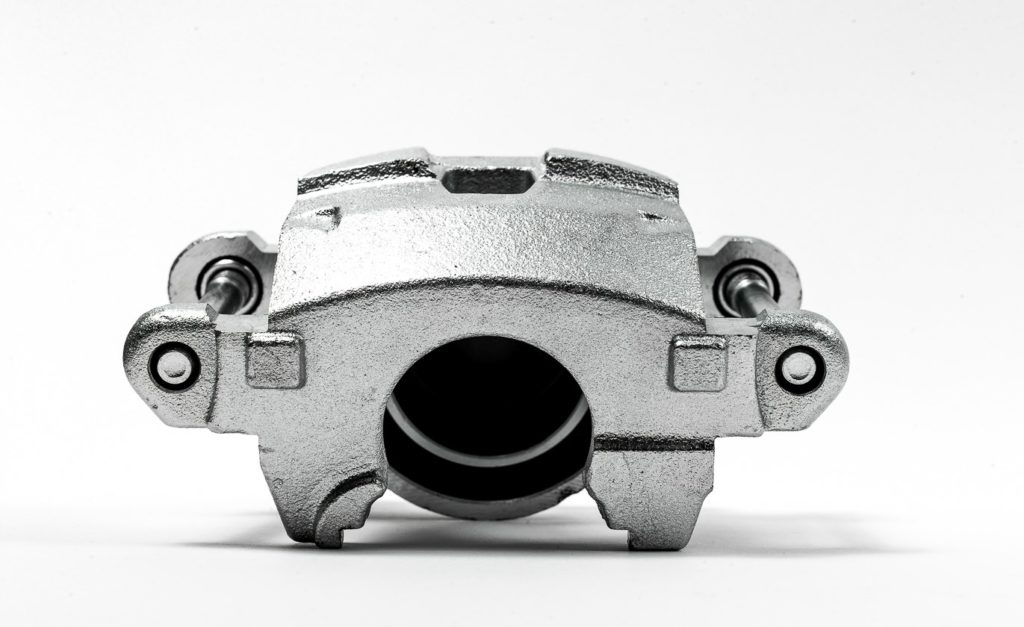



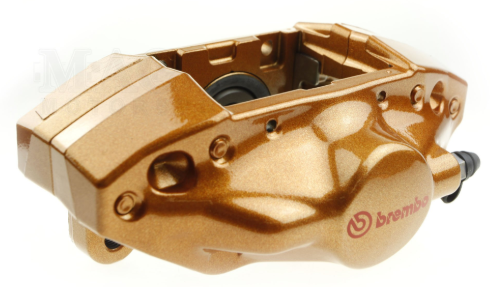
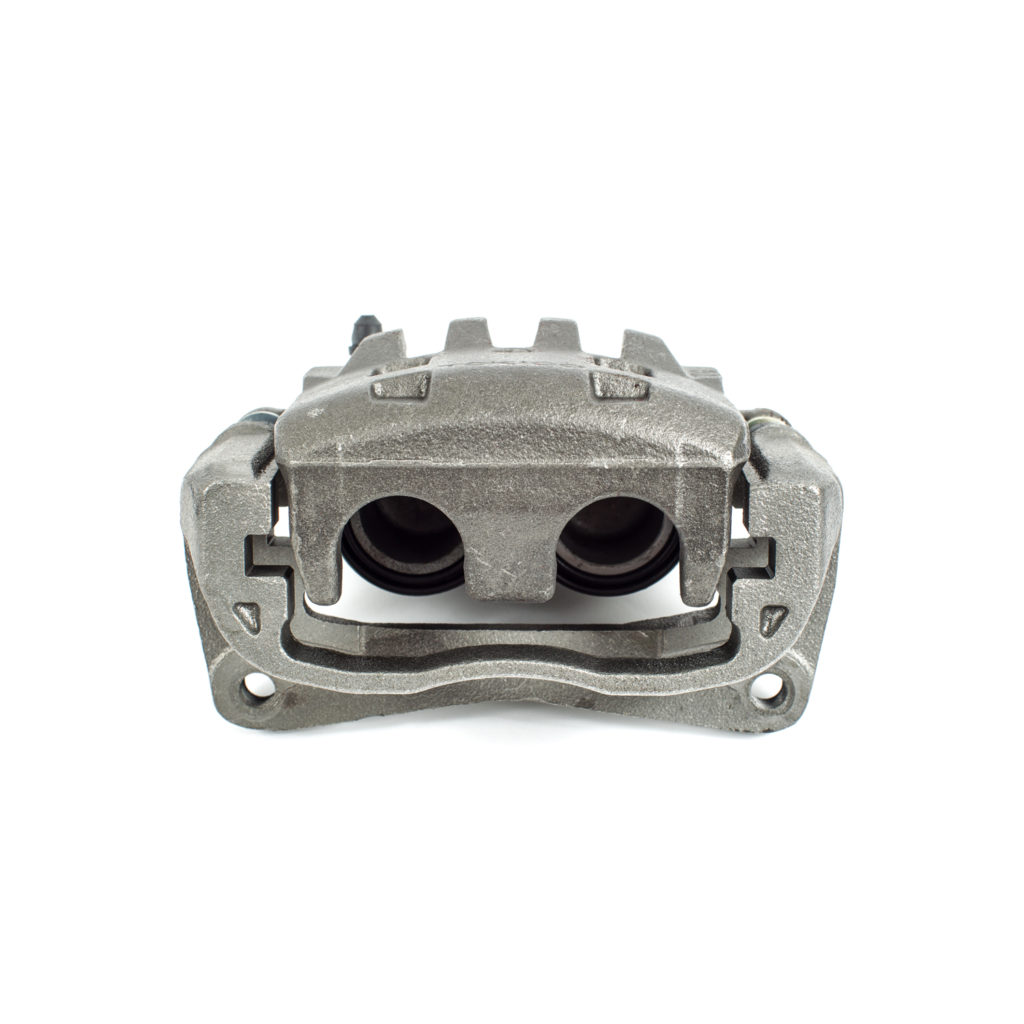
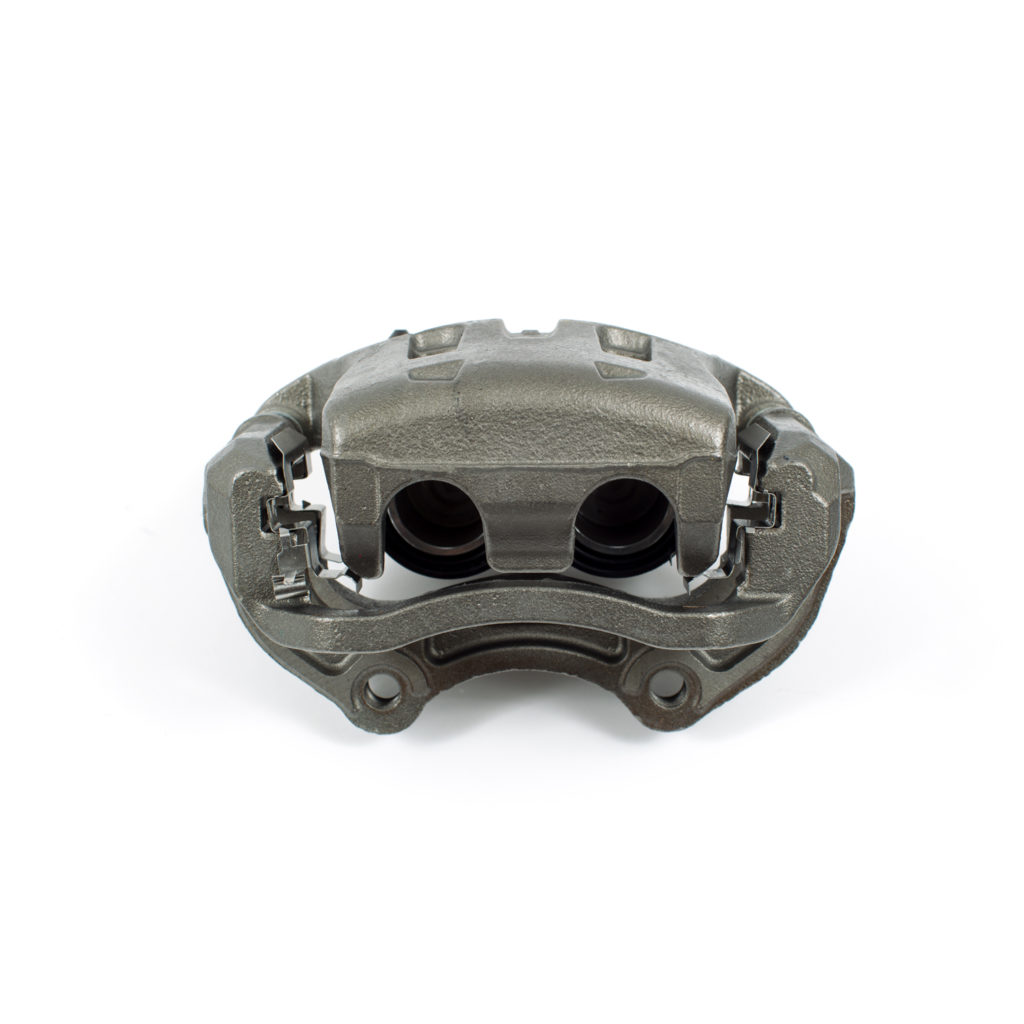


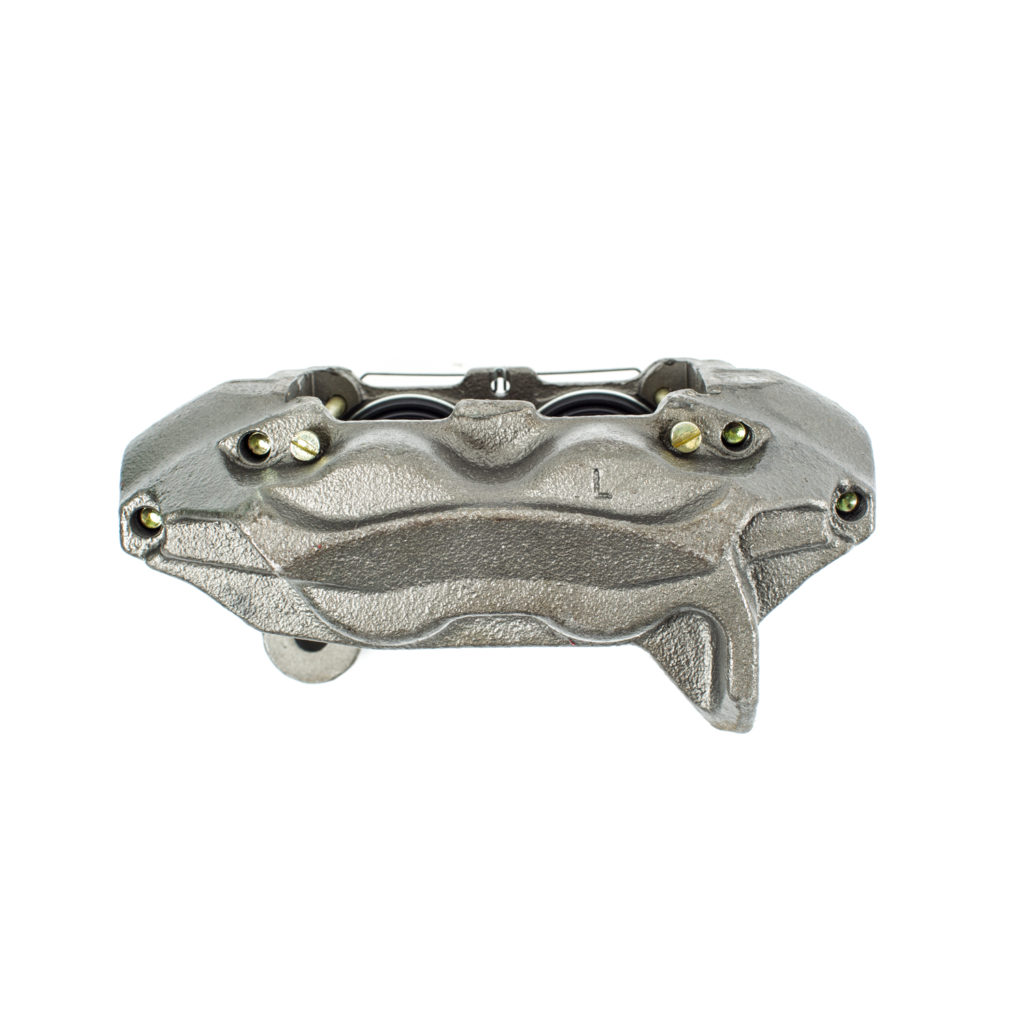


Leave a comment